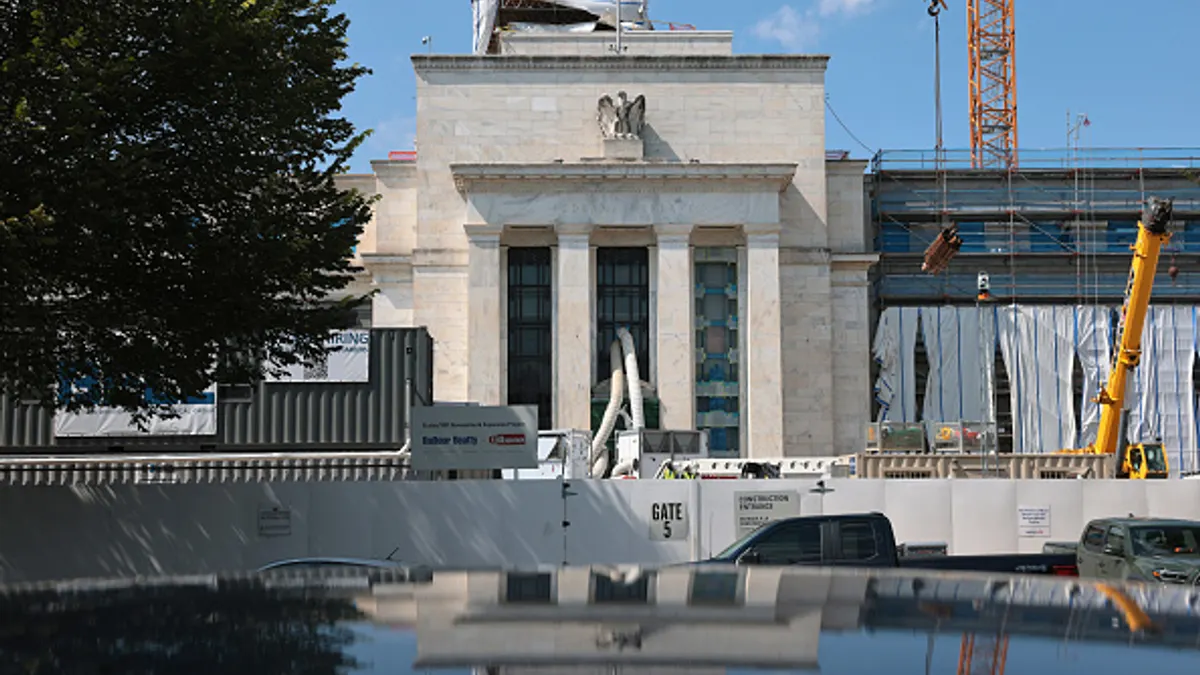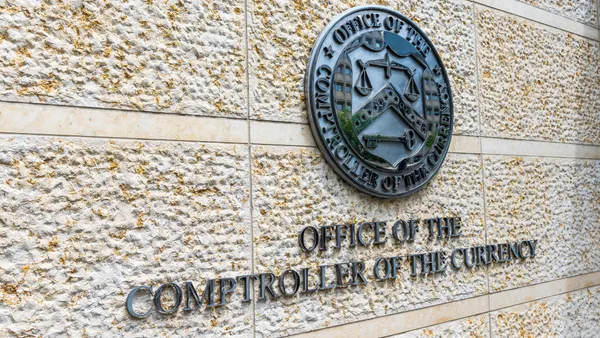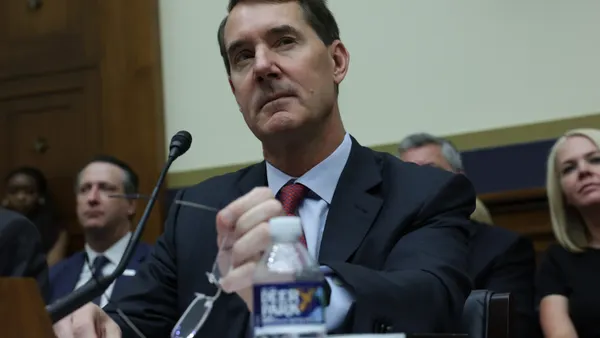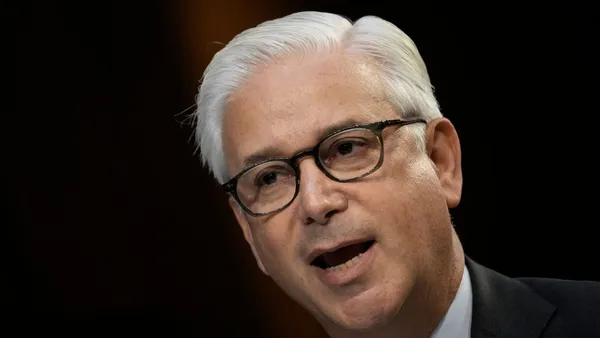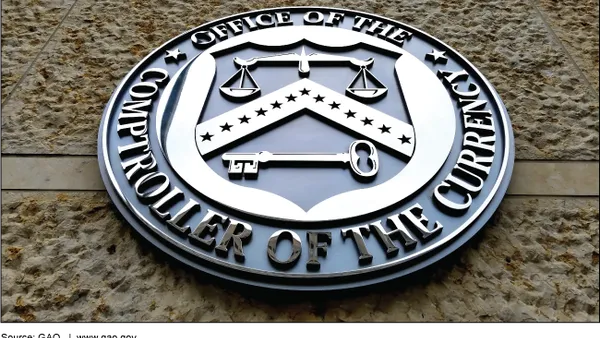The Federal Reserve issued a proposed rule Friday that would demystify some of the calculations that go into bank stress testing.
Under the proposal, the central bank would annually disclose, ahead of the test itself, which factors will feed into stress-testing models, as well as the equations, variables and coefficients that would determine results – all the while asking for banks’ feedback.
The Fed indicated last December that it sought to address a lack of transparency in stress testing, as well as volatility in the capital buffers the regulator demands that banks hold.
A day later, trade groups including the American Bankers Association and Bank Policy Institute sued the Fed, arguing the central bank violated the Administrative Procedure Act by not subjecting stress-test models to a formal notice-and comment period.
In a statement Friday, Michelle Bowman, the Fed’s vice chair for supervision, noted that stress tests, since their inception with the Dodd-Frank Act, have “operated with limited transparency, unreasonable year-over-year volatility and the absence of any meaningful appeals process.”
"This lack of transparency can lead to uncertainty for banks in capital planning, potential misalignment of capital requirements with actual risks, and limited public understanding and scrutiny of the stress testing process," she said.
Bowman added she was disappointed “long-standing issues with the stress testing framework were not addressed proactively, but instead only after a lawsuit became inevitable.”
The trade groups in May requested a pause in their legal proceedings, citing the “progress” the Fed had “made to date.”
Indeed, the ABA and BPI issued a joint statement Friday in response to the Fed proposal, saying, “Today is not just a good day for the rule of law but also a good day for economic growth.”
Not all of the Fed governors were in lock-step on the proposal, though. Michael Barr, Bowman’s predecessor as the Fed’s supervision czar, said such a move would weaken the tests and their credibility.
“The proposed changes to the framework and models risk turning the stress test into an ossified exercise that will provide illusory comfort in the resilience of the system,” Barr said, echoing comments he made in April to an earlier proposal. “They will lead to overly optimistic projections in the stress test, both because of less conservative modeling choices and because of the potential for gaming by banks.”
Barr was, however, the only Fed governor to vote against Friday’s proposal. Fed Chair Jerome Powell kept his comments minimal, saying the development is a “step in following through on [the] commitment” the central bank made in December.
Fed Gov. Christopher Waller said the proposal would “improve accountability” and “build confidence in the fairness of the process.”
Meanwhile, Stephen Miran, the central bank’s newest governor, said he supports the proposal because of its increased transparency.
“Using conceptually sound scenarios for assessing tail risks may be more valuable than relying on inherently inconsistent assumptions to achieve a desired level of stress,” he said, but noted the stress test process “has not yet faced the rigorous testing that disclosure and public comment will provide."
“I'll withhold final judgment on the 2026 scenario until seeing comments from the public,” Miran said.
Comments on the proposal to enhance model and scenario transparency are due by Jan. 22.


